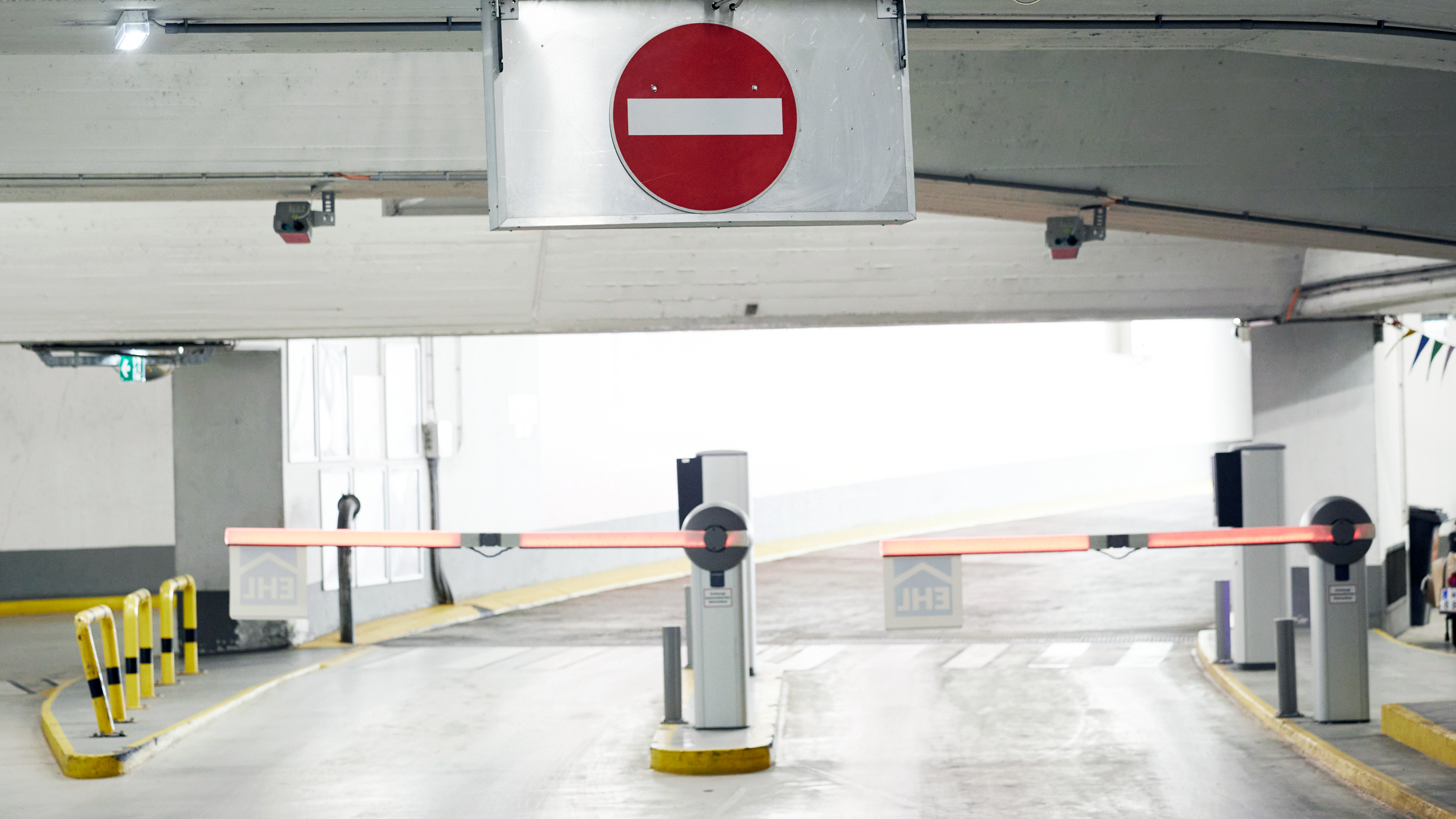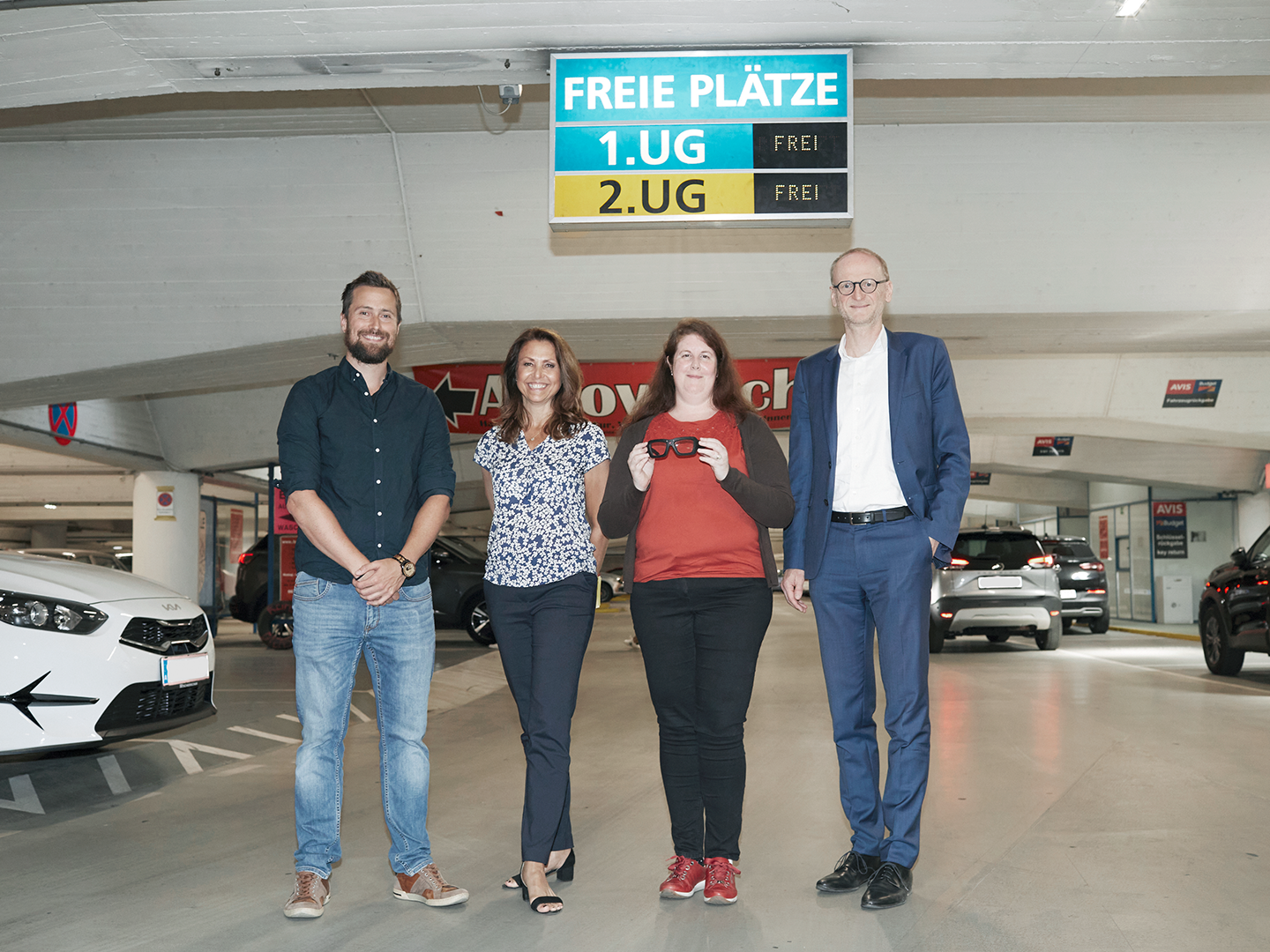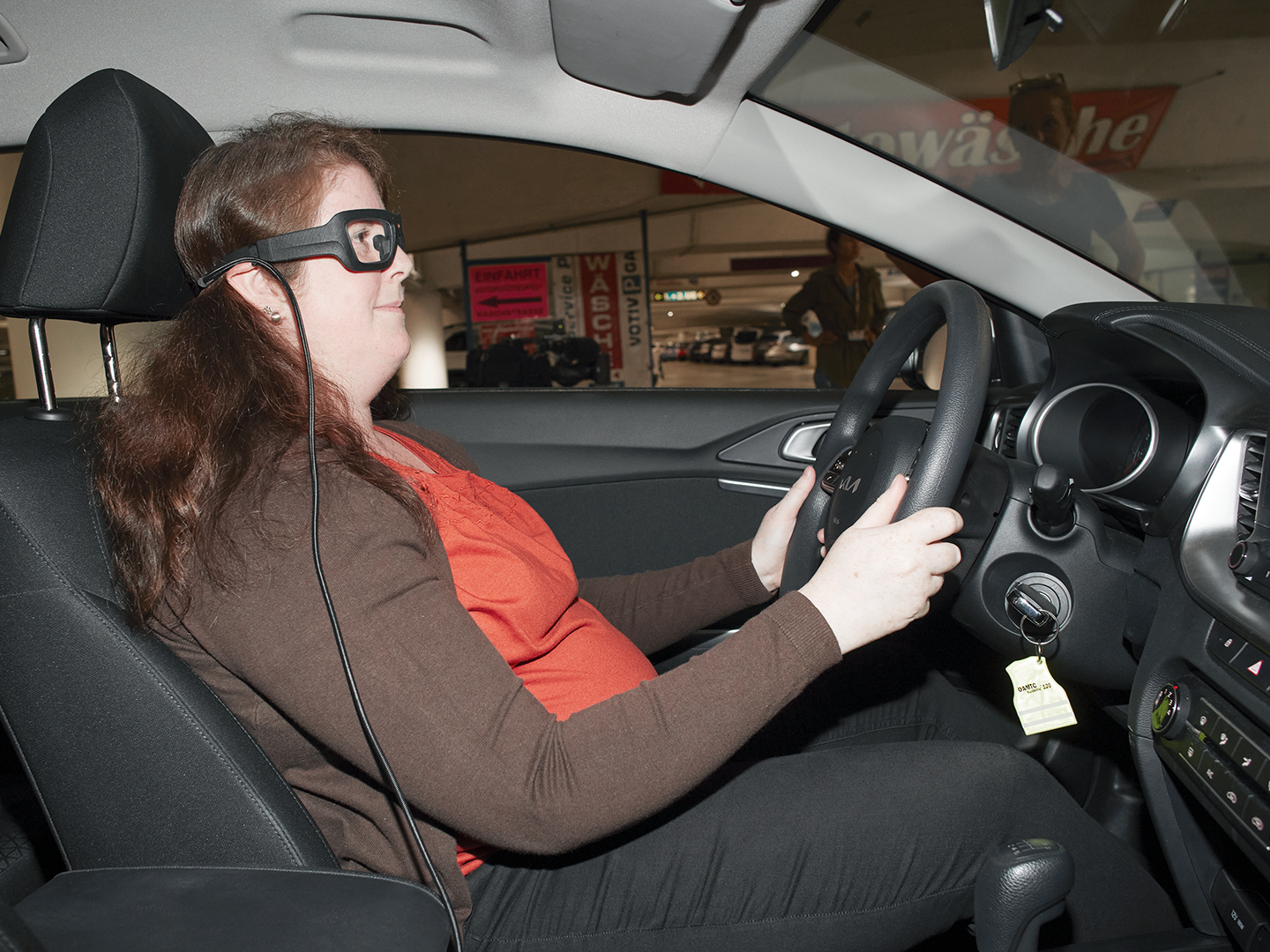Need for optimization in parking garages

Where do drivers look when they drive into a parking garage? Which signs do they pay attention to, what distracts them? Together with the Austrian Automobile, Motorcycle and Touring Club (ÖAMTC) and the Viennese parking garage operator WIPARK, we conducted eye tracking analyses of parking garage drivers for the first time. The result: Insufficient signage and poor lighting, which can be found especially in older parking garages, lead to mistakes on the part of drivers, for example driving against the one-way system.
Parking garages are an integral part of cities and are essential for ensuring an adequate supply of parking spaces. However, many drivers avoid parking garages. Among other things, it is the fear of tight turns, steep ramps, dark corners and narrow parking spaces that deters users. For this reason, ÖAMTC has been campaigning for the safety and user-friendliness of parking garages for many years.
For the current study, our team conducted mobile gaze analyses with our VPS 19 smart glasses and a total of nine test persons in a Vienna parking garage in a real driving situation. The gaze behavior of the participants, all of them frequent parking garage users, was measured and analyzed – from entering the garage and searching for a parking space to paying at the pay station and exiting.
“The gaze behavior, which we analyzed for the first time live while driving in a garage, reveals driving insecurities and thus allows conclusions to be drawn about possible improvements,” explains ÖAMTC psychologist Marion Seidenberger.
These were the results of the eye tracking study:
On the first basement level with optimally illuminated signs, all test subjects found their way around quickly and without any problems. On the second basement level, orientation problems became apparent, as evidenced by increased gaze searches. Due to the lack of easy-to-find signage, five people drove the wrong way down a one-way street.
A temporary construction site, cordoned off without any visual protection, also caused distractions.
More than half of the test persons estimated the travel time from the entrance to the parking lot to be significantly longer than objectively measured.
When paying at the ticket machine, a third had problems – they tried to feed in the ticket incorrectly at the money slot or at the light bar.
Fortunately, WIPARK has already implemented some of the suggestions for improvement made by the test persons and the ÖAMTC test experts – for example, increasing the brightness of the lighting fixtures, installing additional exit signs and renewing the floor markings.



